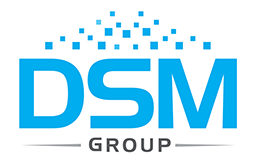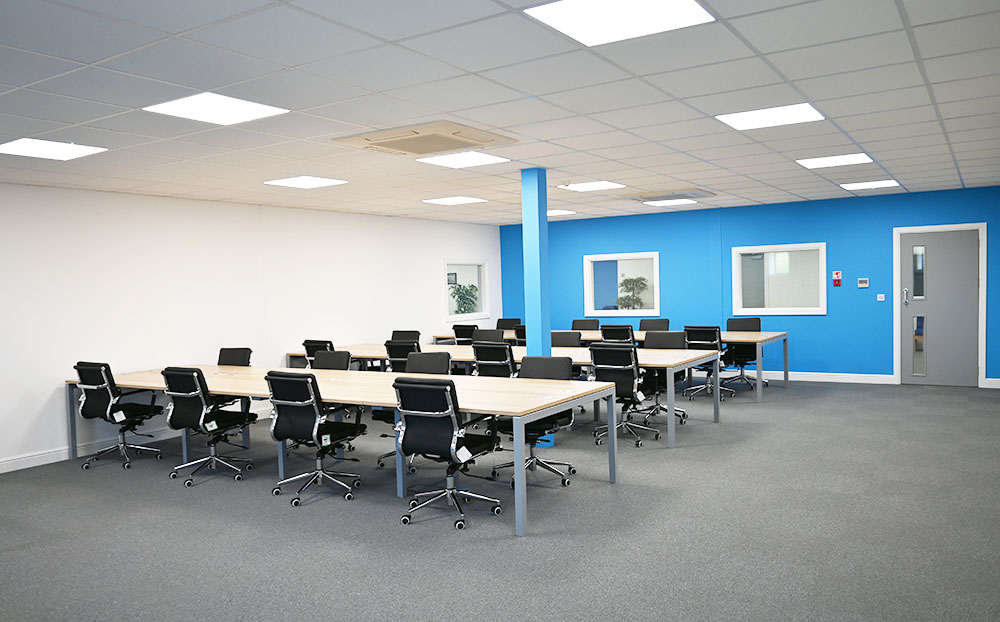A workplace recovery plan will build resilience into your business, and prove to your staff and clients that you’re serious about keeping your business alive in the event of a disaster.
But what does a good plan look like? Here are five important factors you should consider:
-
24/7 access
A business continuity workarea recovery site which isn’t accessible 24 hours a day is something you want to avoid. While it’s easy enough to find a site that you can access during normal working hours, you should also consider the wider impact of a disaster scenario. You may, for example, need to use the disaster recovery (DR) site out of hours during a disruptive incident. Moving kit and people in the early hours is hard enough without the added issues of access.
-
Facilities
When disaster strikes it’s easy to get caught up in the bigger picture and forget about the everyday resources your office needs to function. We’re not talking about servers and desktops but the smaller items that make life easier – like cables, phone chargers and even stationery – as well as a way of storing them.
The presence of local amenities and accommodation are also easily overlooked, but could be of great significance to you and your staff if you have to stay at the site for many weeks.
-
Staff support
The top priority for most firms is the well-being of their staff. This was confirmed in a recent survey carried out by the Business Continuity Institute (BCI), which found that 90% of practitioners put staff safety before other factors, such as security of critical data, customer support and productivity.
Having a team of professionals at hand who can deliver a smooth transition for your business when you most need it is invaluable. Your workplace recovery provider should be committed to making your move into a backup office location as easy and uncomplicated as possible, especially during the initial stages following an incident.
-
Security and privacy
In an ideal world you’d want your business continuity work area to be a replica of your current office. Of course, this isn’t always possible – which is why it’s important to concentrate on your core requirements. One such requirement may be a high level of security and privacy. For example, if you’re working with sensitive or regulated data you may decide that a shared space is simply out of the question for your business.
-
Scalability
Many companies make the mistake of not thinking ahead; it’s important to consider your medium and long-term needs, not just the must-haves in the aftermath of an unexpected event.
Depending on issues such as permanent damage to your original premises, you may find that you need to stay in your backup site for longer than originally anticipated and that your requirements change over time.
Your plan should therefore include details on how many workplace recovery positions you require in a disaster scenario over a period of time, as well as how long you can reside there

